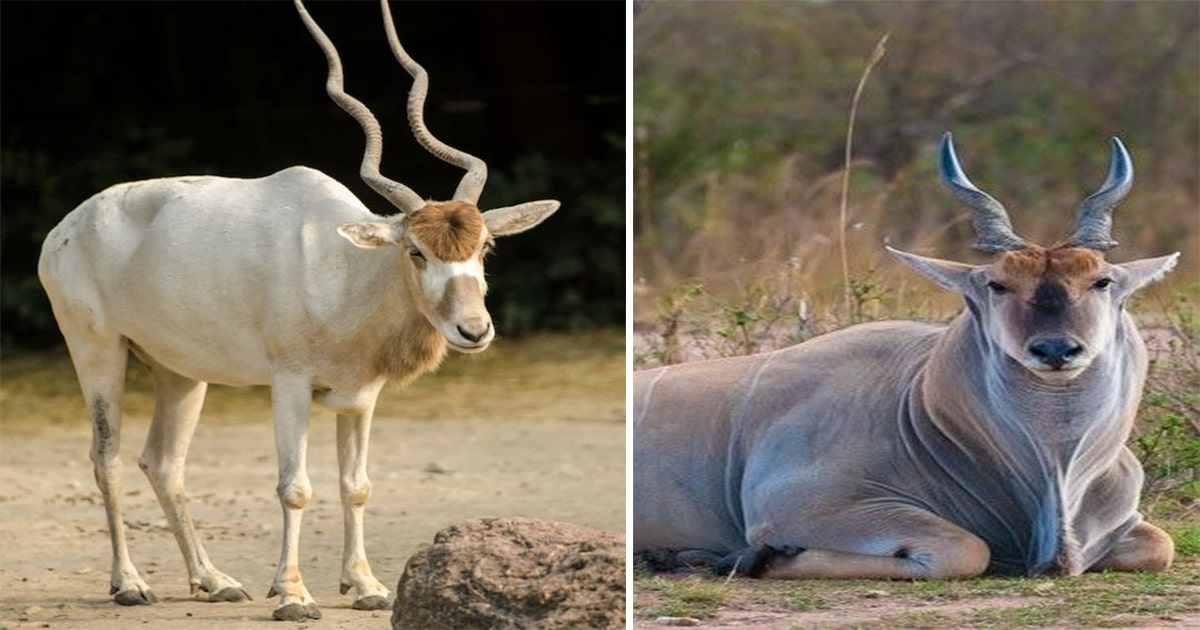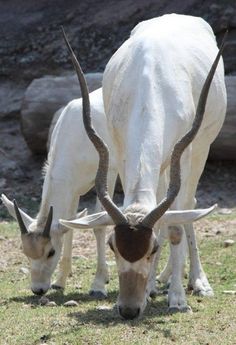
In the vast grasslands and savannas of Africa, Asia, and parts of Europe, a remarkable group of animals roam with elegance and speed. Antelopes, with their slender bodies, majestic horns, and agile movements, captivate the imagination of wildlife enthusiasts and researchers alike. Let’s delve into the fascinating world of antelopes and discover the unique traits that make them true masters of their habitats.
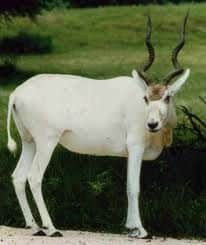
Antelopes belong to the family Bovidae, which also includes cattle, sheep, and goats. With over 90 recognized species, they showcase a wide range of sizes, shapes, and behaviors. From the petite dik-diks that barely reach a foot in height, to the majestic elands standing over six feet tall at the shoulder, antelopes exhibit remarkable diversity.
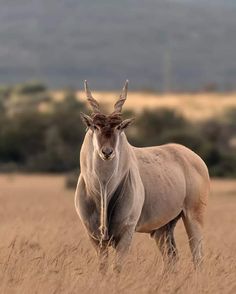
One of the defining features of antelopes is their remarkable speed and agility. These creatures have evolved to outrun predators with their long, slender legs, allowing them to swiftly navigate through open grasslands and dense vegetation. Some antelope species, such as the cheetah’s favored prey, the springbok, can reach astonishing speeds of up to 60 miles per hour (97 kilometers per hour).
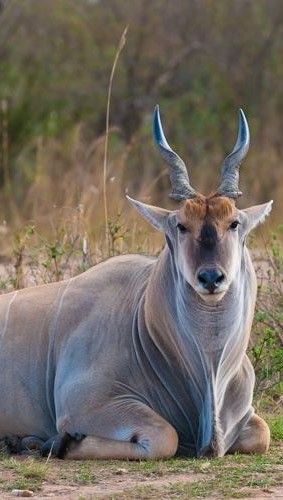
Another striking characteristic of antelopes is their magnificent horns. These impressive appendages vary greatly in size, shape, and structure among different species. While both males and females can possess horns, they are typically larger and more elaborate in males, often serving as weapons during territorial battles or displays of dominance. The spiral horns of the kudu, the sharp-tipped horns of the impala, and the lyre-shaped horns of the gemsbok are just a few examples of the remarkable diversity of antelope horn structures.
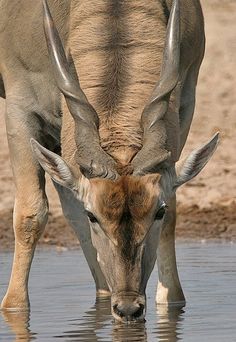
Antelopes have adapted to thrive in various habitats, including grasslands, woodlands, deserts, and mountains. Their diets also vary depending on the species and habitat. Some antelopes are grazers, feeding predominantly on grasses, while others are browsers, consuming leaves, shoots, and even fruits. Their specialized dentition and digestive systems enable them to extract maximum nutrition from the vegetation available in their respective habitats.
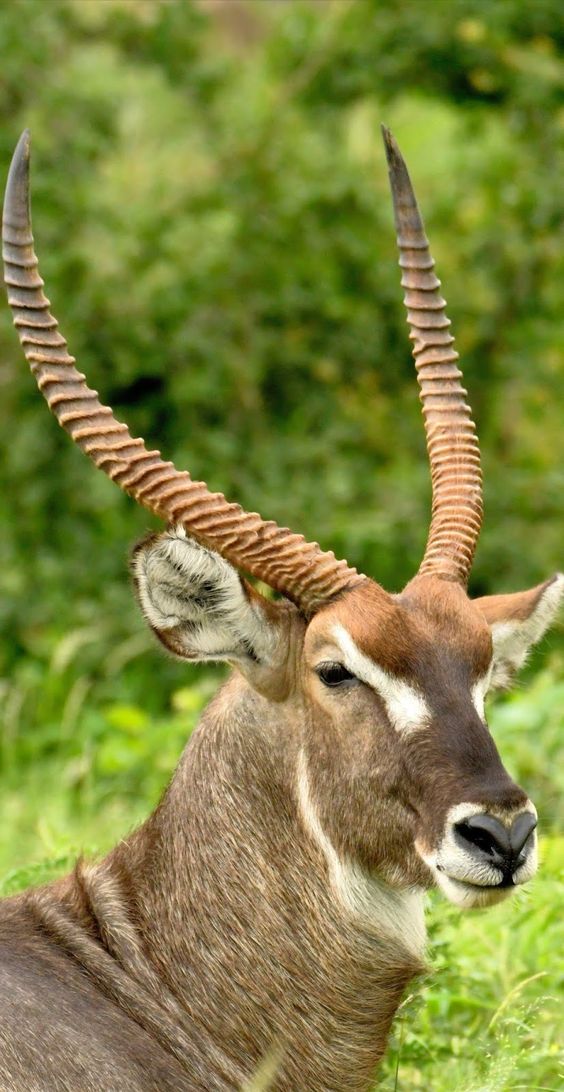
These herbivorous animals play a crucial ecological role by acting as both prey and seed dispersers. As a vital component of the food chain, they contribute to maintaining the balance of ecosystems. Their presence ensures the sustainability of plant communities and supports the survival of numerous predators and scavengers.
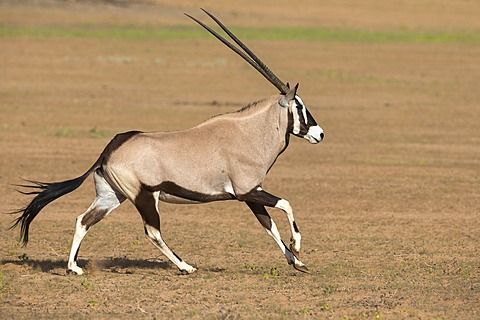
Antelopes are highly social animals, often forming herds or territorial groups. These social structures vary among species, with some forming large aggregations, while others maintain smaller family groups. Within these groups, antelopes engage in various behaviors such as grooming, mutual defense, and elaborate displays during mating rituals.
While many antelope populations are stable, some species face threats such as habitat loss, poaching, and competition with livestock. Conservation efforts are crucial to protect these remarkable creatures and the habitats they rely on. National parks, wildlife reserves, and conservation initiatives play a vital role in safeguarding antelope populations and promoting their long-term survival.

For wildlife enthusiasts and nature lovers, observing antelopes in their natural habitats is an awe-inspiring experience. Witnessing a herd of wildebeest thundering across the Serengeti, or a herd of impalas leaping effortlessly through the African savanna, is a testament to the beauty and resilience of these magnificent creatures.
Antelopes, with their grace, agility, and distinctive horned crowns, exemplify the wonders of the animal kingdom. Their adaptation to diverse environments, their crucial ecological roles, and their captivating behaviors make them a true marvel of nature. As we continue to appreciate and protect these remarkable creatures, we ensure the preservation of a world enriched
